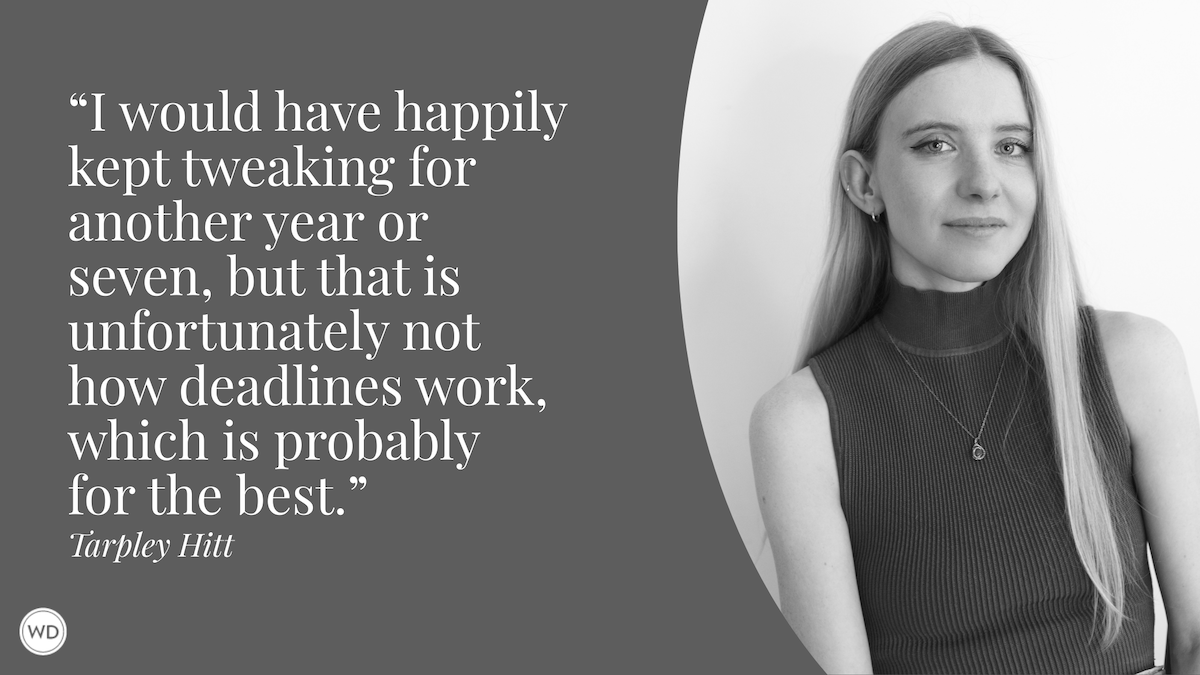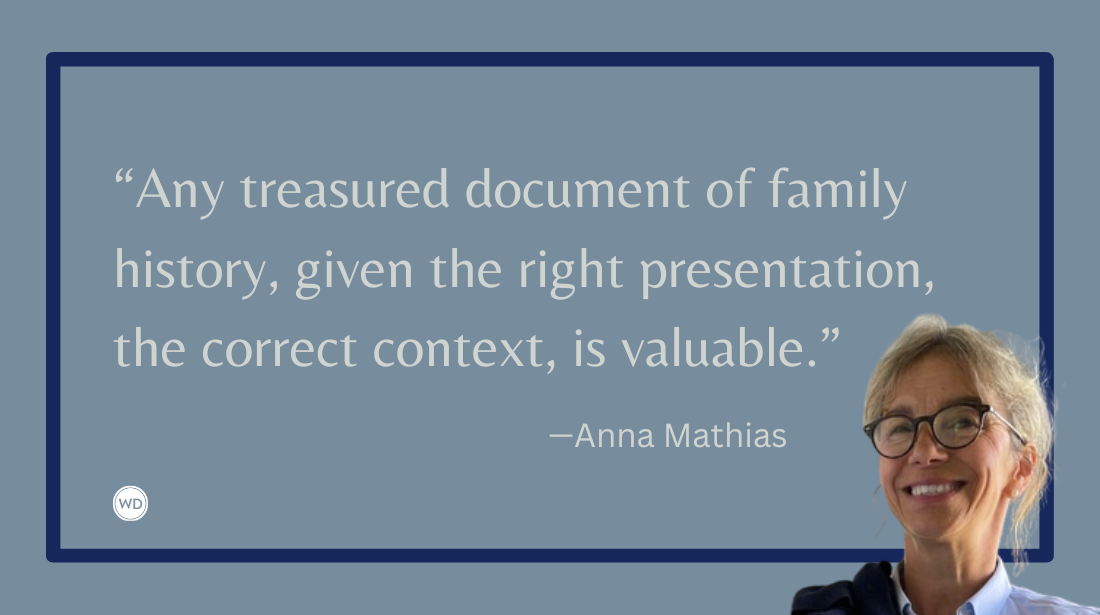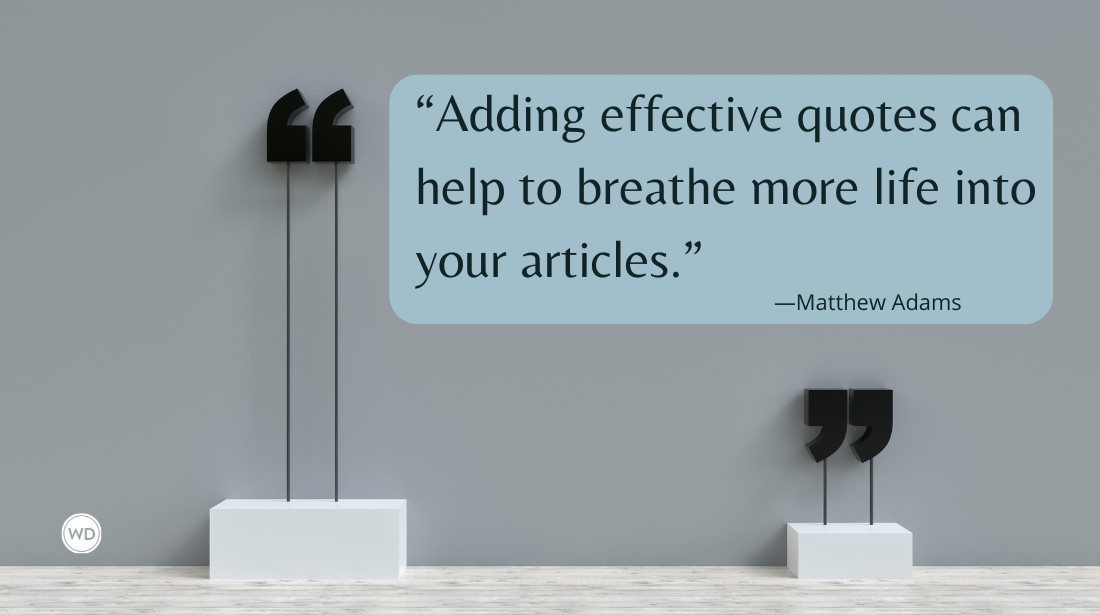5 Things to Consider When Structuring Your Memoir
Memoir structure is as crucial as structure in fiction and no good memoir will be able to stand tall without it. Several ingredients can be used to create a structure that works for your book.
For some writers, structure appears like a bridge in the mist; for others, like myself, there’s only the mist. Several ingredients can be used to create a structure, like that bridge, that works for your book. You may know the answers to the considerations below right away, or you may need to experiment and discover them through the writing itself. Either way, memoir structure is as crucial as structure in fiction and no good memoir will be able to stand tall without it.
Memoir Structure: 5 Things to Consider When You're Writing a Memoir
1. Order of Events
In some memoirs, Without a Map by Meredith Hall for example, the chapters jump forward and backward in time. This adds an element of unpredictability that both challenges and engages the reader.
Most memoirs, however, tend to flow chronologically. That is, they run through events in the sequence in which they happened. But even a chronological memoir isn’t purely chronological since the narrator is now an adult filtering past experiences through the lens of a wiser, more mature person. This is part of what adds richness to the tale.
If you can avoid a mostly chronological structure, good for you. You’ll benefit from the inherent complexity. But if, like most memoirists, you are using a chronological structure, there are still several techniques to help you avoid the pitfall of “first this happened, then that happened,” an approach that drains the life and tension from a book.
I stuck to a chiefly chronological structure in 48 Peaks: Hiking and Healing in the White Mountains, while playing with various elements of structure to create movement and interest: storyboarding, sectioning, tense, and time.
2. Storyboarding
Basically, a book poses a central question or issue in the beginning and answers or resolves it, for good or ill, by the end. Storyboarding the rising and falling action that creates drama is a technique borrowed from film.
I learned how to use a storyboard to structure my memoir from Mary Carroll Moore, author of Your Book Starts Here. (She also does a youtube explanation, embedded below, and offers a wonderful blog on writing at marycarrollmoore.com.)
Essentially, there are five key points: the triggering event that gets the action rolling down toward the second point, a conflict or complication that gets worked through to create a rising action; the third turn which sends the action spiraling downward to the fourth point, the lowest point of the book, from which the action ascends to the fifth point or conclusion. These five points shape, in effect, a capital W.
Figuring out these five points provides the skeleton of your memoir. From there, one decides what must happen between each pair of points or leg of the W.
I wrote my five key points onto five brightly colored sticky notes and stuck them in their appropriate spot, creating a large W on a big piece of white cardboard. Each scene or action I thought belonged in 48 Peaks went onto a sticky note. I placed the stickies somewhere between a pair of points. I moved certain bits around to even things out or build tension. Sometimes I had to create scenes to improve the flow, or delete those that weren’t integral to the rest of the book. In either case, it was easier to come to these conclusions because I could literally see the cogs that made the wheel of my memoir turn.
IndieBound | Bookshop | Amazon
[WD uses affiliate links.]
3. Sectioning
Once you’ve settled on the right order for your storyboard, see if it makes sense for your manuscript to be divided into parts. Sectioning can be a way of supporting your reader through the material in a way that we’re all so used to that it doesn’t intrude as it guides.
My manuscript, for example, fell into two parts as neatly as an apple cleaved in half. (Not that I planned it that way.) A main character in the first half, for reasons I won’t go into here, disappeared in the second half. And that disappearance created a certain thrust for the second part.
From a story point of view, the sectioning made sense. It also, frankly, made the material easier for me to work with, since I was manipulating one half of the book at a time. I did have to go back later on to ensure themes wove the two halves together, but sectioning made earlier drafts less arduous.
4. Tense
In what tense will you write your memoir? Present tense has the benefit of intimacy and immediacy; simple past is familiar, virtually transparent to readers, and can be easier to sustain for a book-length project.
My early drafts were written completely in the present tense because it helped me, the writer, feel again what I transcribed. But I experimented with the simple past as well and liked both ways. I couldn’t decide which to do, until a developmental editor suggested putting the first half in the past tense and the second half in the present. This idea appealed to me because, as a reader, I sometimes found books sagged in their middles. Switching at that point to the present tense introduced a novelty and a speed that I hoped would keep readers turning the pages.
Changing tenses worked because I began the book with a prologue that took place four years after the start of the book in chapter one. I wrote the prologue in present tense to establish that year as the narrative present. In this way, the whole first half was past tense because it had happened earlier. The second half of the book returned to the narrative present and took off from there.
5. Time
Flashbacks are another way to play with time and break up the chronological line. They not only add depth to characters but also create tension as the reader must wait for the story to move onward. Flashbacks were a handy device, I found, when I didn’t want to resolve a situation too quickly but wanted the drama to build for a while.
You can also use long sections of narration in the same manner as flashbacks, breaking up the forward motion of the book with, in effect, pauses to consider a point, a whole chunk of history, or a theme. I advise using this technique sparingly; too many pauses or digressions can merely aggravate readers.
If it makes sense for your story, one can also create flash-forwards, though these are typically brief and have to be handled with care so as not to jolt the reader.
Conclusion
Finding the structure that fits and supports your memoir takes effort. If you’re going with a primarily chronological order, as most of us do, a slightly playful attitude allows you to experiment, to stretch and pull the inherent drama from your story like taffy.
Above all, be patient. Persevere. If you keep at it, the structure that uniquely suits your memoir will come to you through the mist.
Cheryl Suchors began writing at age six when she wrote a play starring her sister and herself. She continued to write poetry until she took a twenty-year detour through the business world. She holds degrees from Harvard Business School and Smith College. Her fiction, poetry, and essays have appeared in Limestone, The Distillery, RE:AL, and HerSports magazine, as well as in the anthology My Other Ex: Women’s True Stories of Losing and Leaving Friends. In her business career, she co-authored the book Own Your Own Cable System. Her debut memoir 48 PEAKS: Hiking and Healing in the White Mountains, publishes September 11, 2018. She lives in Cambridge, Massachusetts with her husband and a plethora of plants. In her spare time, she visits their daughter, travels, and engages in political activism. She continues to hike every chance she gets, most recently in Poland and Canada. You can find her on Facebook at CherylSuchorsAuthor, on Twitter at @cherylsuchors, and at cherylsuchors.com.









